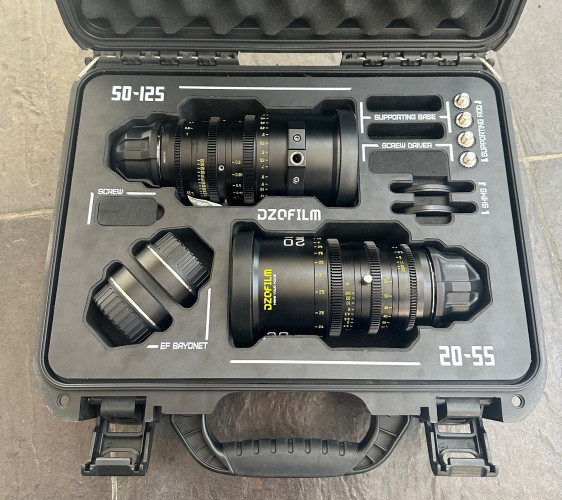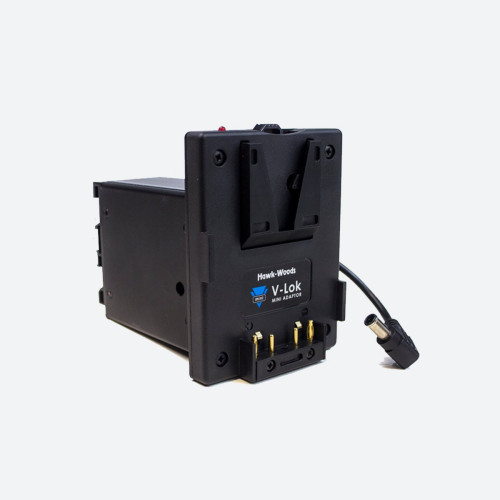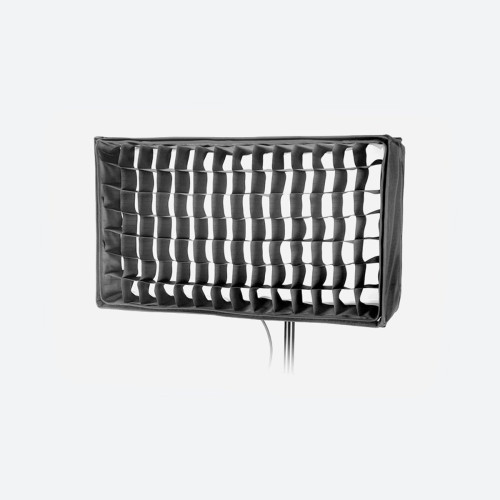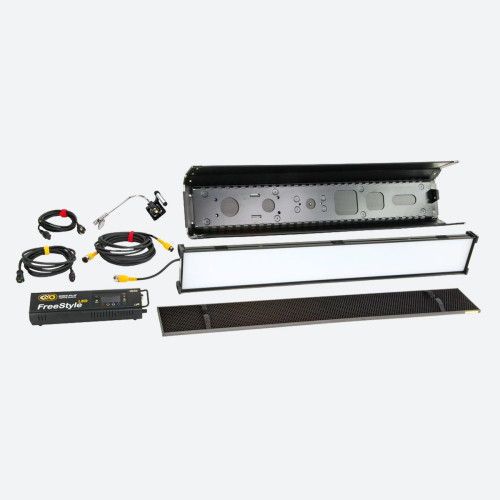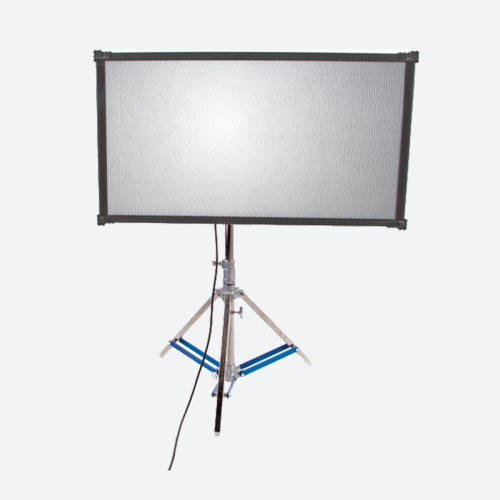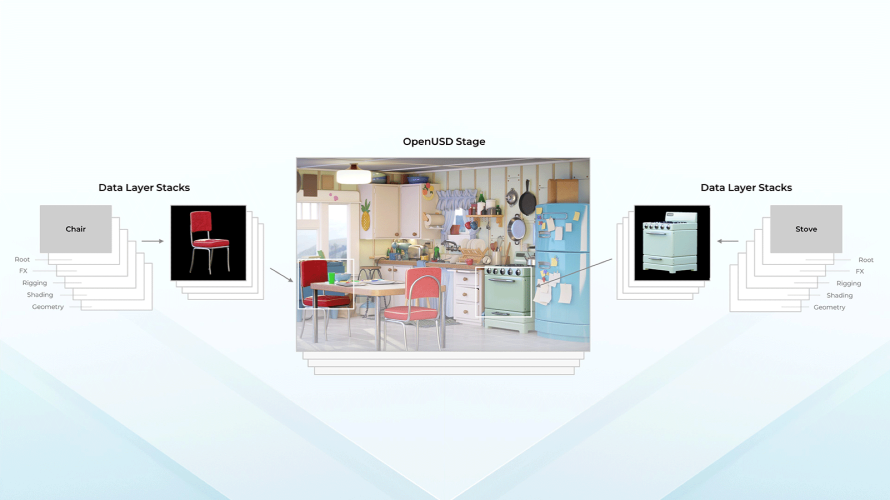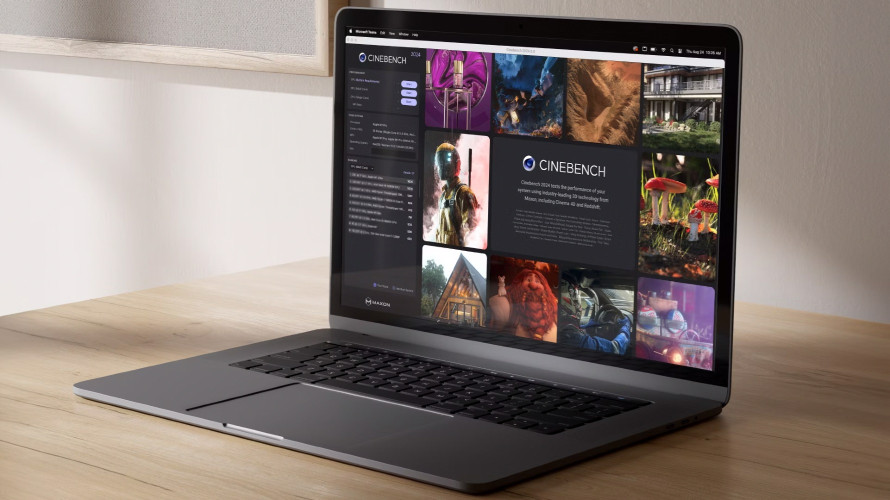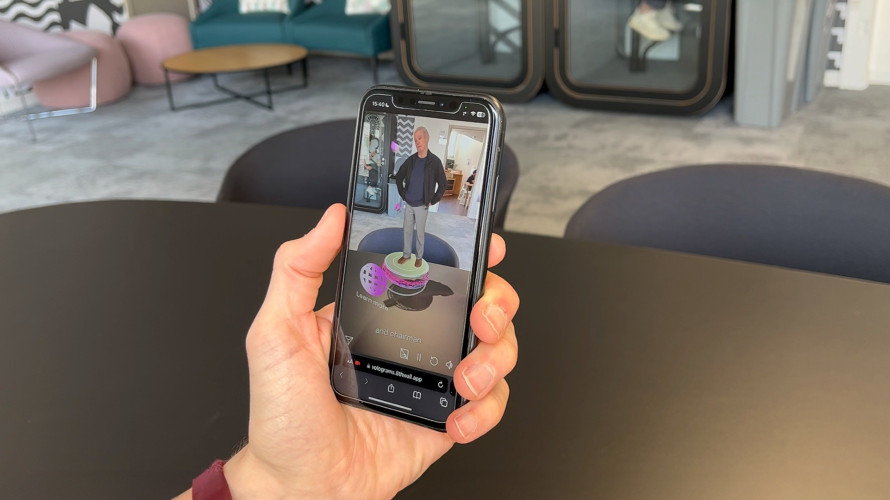EPIC HD Upgrade
Author: Dennis Lennie
Published 1st May 2009
EPIC-TV came into being in late 2006, after Norfolk County Council acquired the ITV Anglia Regional news and Network production studios at Magdalen Street Norwich. Since then it’s been re-developed as one of the technically most advanced production facilities in Europe, with three broadcast studies, two of the HD, one of them Virtual, linked directly to on-line HD post production facilities via server.
Before the purchase, the local authority and EEDA – the East of England Development Agency – conducted research which showed there was both demand and an appetite for production facilities in the areas which would not be met if the site was lost. Officially, EPIC now runs as a Creative Industries Enterprise hub – but any commercial client will struggle to spot any operational difference between EPIC and any other front-line broadcast facility.
I joined the operation as Chief Engineer early in 2007. The first job was to take stock and find out what the council had bought. The centre has excellent infrastructure and support facilities, but much of the old SD kit had gone. The first stage of the re-fit was to get the building equipped for education and training, while leaving facilities open to further technical upgrade.
.
We started by getting the main 6,000 square foot Drama/LE studio off its knees and back in production. This turned out to be quite a task. ITV had taken quite a few key components with them, one major issue was that ITV had also dismantled two other studios at their other location, and had left a lot of that kit on our studio floor. We found ourselves with more lights than places to hang them!
Getting what we had back into use enabled us to test the infrastructure and work out what needed replacing. Market research had shown that the whole industry was moving towards HD. Early on a decision was made not to replace what was missing with SD kit, but to take the whole site forward into HD. So much needed replacing or upgrading, there was little point in refurbishing to an earlier standard.
As well as working with production companies, part of the EPIC brief is to involve itself with education and training. A deal was struck with Norwich University College of the Arts for them to run foundation and honours degrees in film and video production at the centre. Upgrading to HD had the benefit of enabling them to produce graduates used to the HD standard and familiar with real world equipment and operating procedures.
We rebuilt the former open plan news room – an enormous space – into three still large teaching spaces. Two were equipped with networked Apple Mac edit stations, running final Cut Studio software. Video Rescue provided the technical expertise in supplying and commissioning the network and servers. With them, we decided on a Storage area Network (SAN) system using Infortend storage units and META SAN and MAC server OSXsoftware dealing with the network traffic, shares and permissions. These servers (complete with redundant power supplies) were installed with an initial size of 43 Terra-bytes. Initial performance checks clocked it at data rates of 2GBit/sec. This SAN was connected to two classrooms, in each of which we installed 26 Dual core 2Ghz Xeon Mac Pros. These machines are on a Cat 6 copper network with three Dual core 3 GHz Mac Pros servers and Brocade and Allied Telesyn switches. Altogether, there are some 56 Mac edit stations purely for education and training.
We also installed four high-end edit suites for mixed commercial and training use: these can cope with online, uncompressed HD and run at higher data rates over fibre. They run the same suite of software as the classrooms – Final Cut Studio, Logic etc. They have high quality audio monitoring (stereo or 5.1) and linked PCs running Tektronix WFM 5000.We use JVC HD flat panel vision monitors in those suites. We also have a couple of broadcast quality AVID suites, HD and SD.
While we were doing this, we also upgraded the station’s one of the smaller studios with HD JVC GY 251 cameras and, in one of them, a new Orad PROset Virtual Studio system. These smaller studios are used for education and training as well as smaller commercial shoots. They are ideal for small channel presentation or linking. Their galleries were equipped with more of the JVC HD flat panels and their sound galleries with Tascam DM4800digital desks.A similar desk was used to equip our new audio dubbing theatre.
The Virtual Studio uses Orad’s image processing system to track certain camera operations – pans, tilts and zooms, allowing such moves on air and in real-time. Sets are built in proprietary 3D graphic packages such as 3D Studio Max and Maya. Being attached to a University with track record in computer design can be quite useful...
The first batch of students arrived in September 2007. The course had been validated only a few months previously, too late for the main round of student applications. It was thought it would struggle to meet its full complement of 25 students: in fact, the Centre, and the NUCA course, became so immediately popular that it launched with 26. In 2008, the intake all but doubled to over 40.
While this was all in progress, discussions were advancing on the second phase of investment, to take the main studio to HD and link it to the server network. The award of £1.5M was granted from EEDA in March 2008, the main requirement being that the money was spent before the end of the financial year, just a few days later. We overcame our first reflex, which was to invest quickly in something from the Sunseeker super-yacht catalogue, and head for the sun. In fact, EPIC Director Mark Wells had put a public tender out a few months earlier, and were geared up to place the order very quickly.
The tender process was won by Megahertz from Ely, in a competition open across Europe. It was a difficult pitch as, rather than ‘new build’ they had to design a system to integrate with our existing infrastructure. Installation began in earnest around mid-summer. We had decided that the whole complex needed upgrading to make the full use of non linear workflow. So the main studio was re-cabled with fibre, to future-proof it so far as possible. We installed six Sony 1500 HD cameras, with cabling for eight. We have an assortment of Canon HD studio box and lightweight lenses; the mixer was replaced with a Thompson Grass Valley 3 ME HD Kayak. This desk has its own dedicated server, capable of recording up to 20 hours of HD material and using it for play-back into programmes as they are being recorded – the server is also accessible to the other two Kayaks in the smaller studios, and the whole Centre can function, therefore, as an integrated production unit. We also installed a Pixel Power Clarity HD graphics engine.
The production gallery was gutted and a new state of the art monitor stack and desk was commissioned. This being the heart of the studio it had to look good!
The stack includes eight JVC flat panel HD monitors and two ten-input multi-viewers running on NEC 42 inch HD displays. This means the stack is completely configurable and can display 32 individual sources as well as time and on air/cues. The monitors also all have UMD dynamic names. The old monitor stack was removed and rebuilt with HD monitors in the engineering /lighting control gallery as it provided facilities for monitoring of more sources than had previously been possible there.
At this stage, we also upgraded the vision mixing desks in the two smaller galleries with smaller 2ME Kayaks. This enabled us to use the JVC cameras in their full HD mode. (Virtual studio can operate with the JVCs or the station’s pre-existing Thompson Broadcast 1657 s).
Sound in the large studio gallery became an issue. When purchased, it had a rather nice (if slightly old) Calrec T series desk – analogue sound paths under digital control. We could have stayed with that, but as surround sound is part of the technical specification for HD, we needed to upgrade it for surround sound monitoring. It soon became clear that upgrading the desk was not a suitable option. We then decided to go with a Calrec Omega (there are a few “as new” units on the market following the Beijing Olympics...) but we really wanted a top of the range Calrec Alpha...
After a lot of research, we came across an Alpha in storage in London. It was a standard model, but could be upgraded to Calrec’s latest Bluefin technology, incorporating surround sound monitoring.
From a user point of view, Calrec are rare in that they will support and upgrade kit across their ranges, past and current: I have always been impressed by their ‘we can help’ attitude. We purchased the desk and Calrec refurbished and rebuilt it for us to the latest specification. Problem solved. Allied to this new sound kit we upgraded the Talkback system using TELEX kit again to interface with some legacy products but also because we were very impressed with the quality and the excellent functionality.
The studios were completed by the autumn 2008. By then, we had extended our SAN to 63 terra bytes, to cater for studio recordings. We also have Sony HDcam HDW-M200 and HD SRW 5500 VTRS (as well as Digi-Betas) for recording and mastering.
The business continues to grow. With production partners, we have recently shot three full broadcast pilots and have a couple of others in pre-production and more in the pipeline. Other post-production and facilities work is expanding. We have ten companies – new media and production – permanently based on site, and a burgeoning student population.



